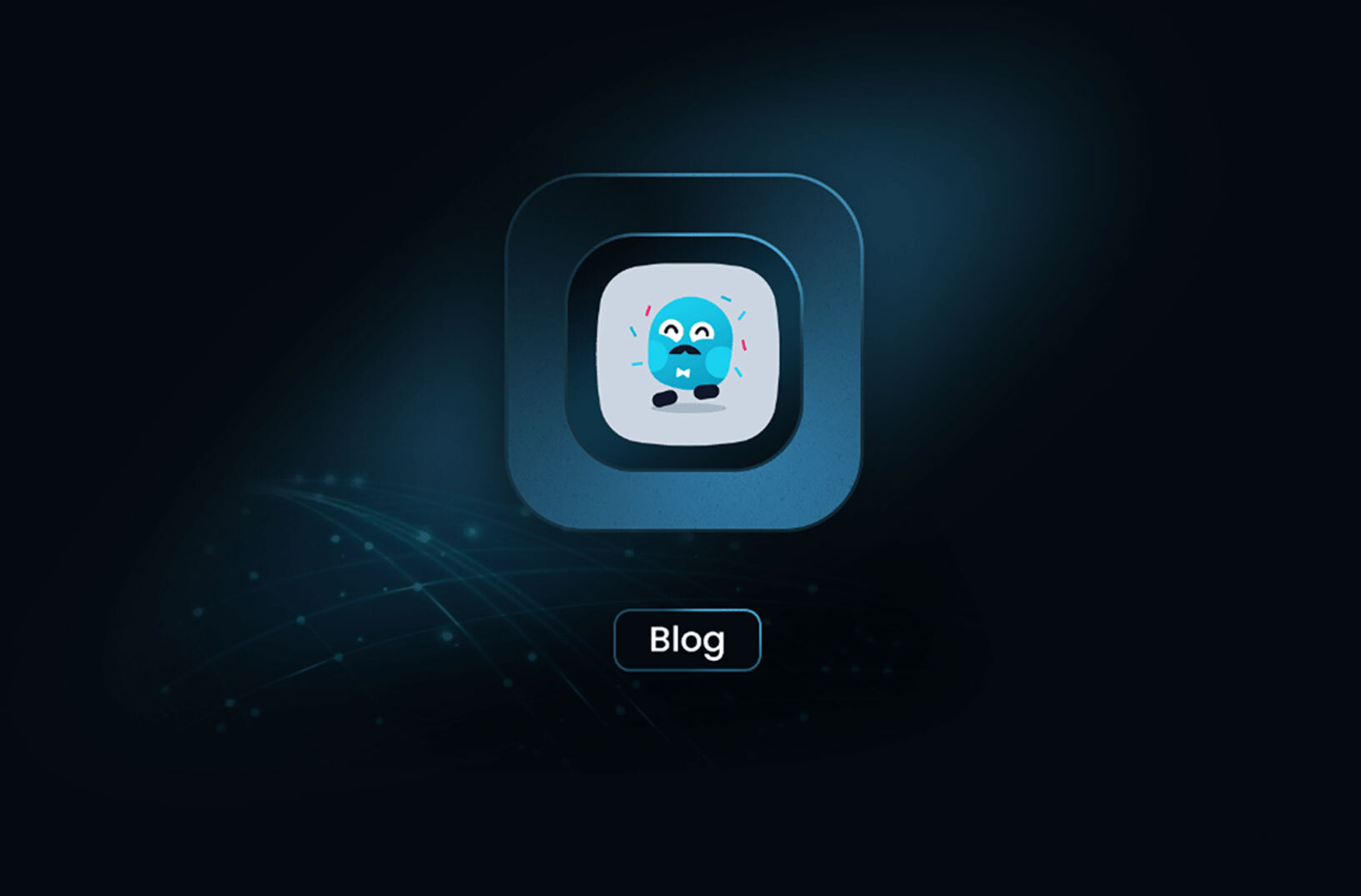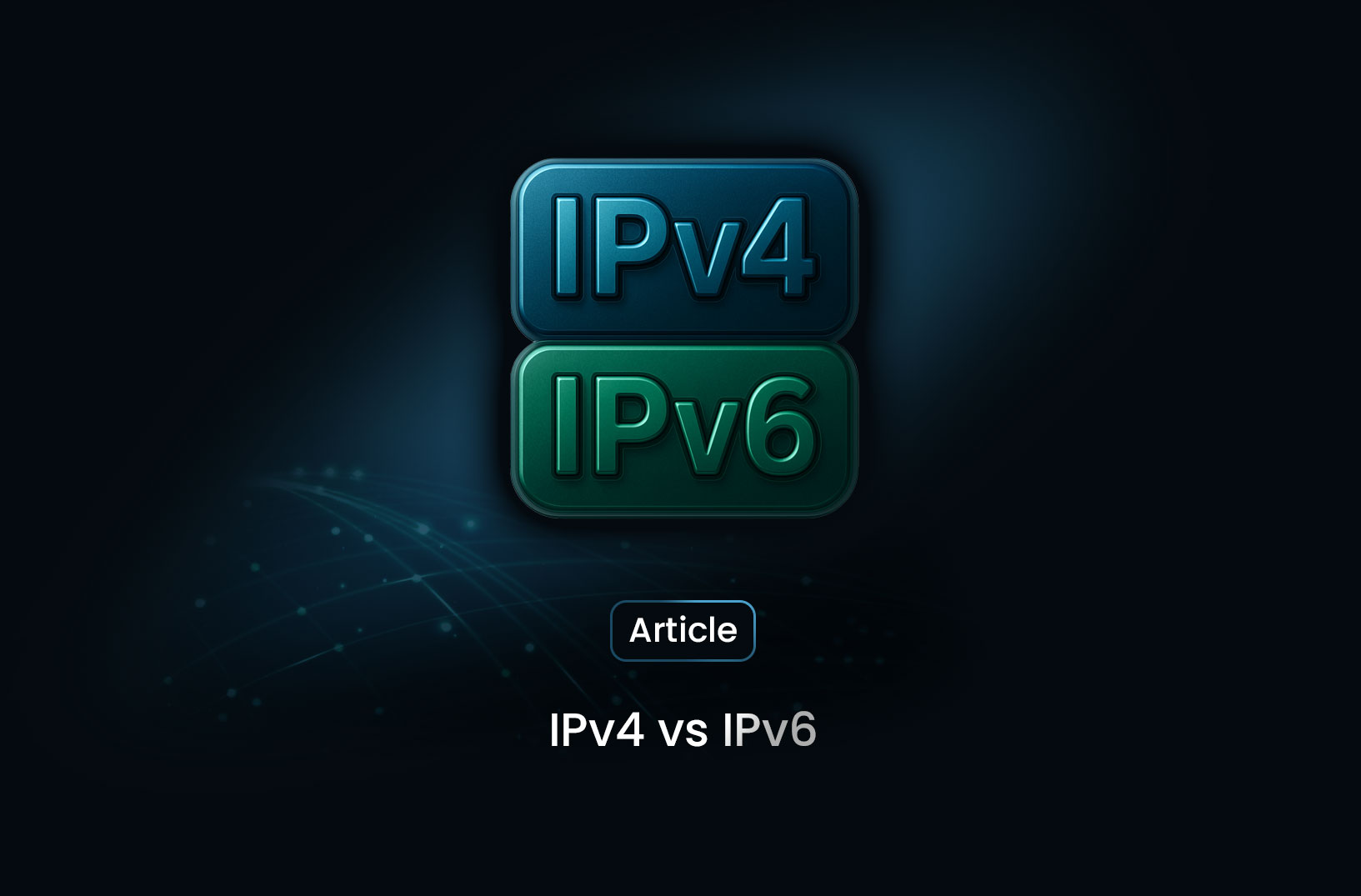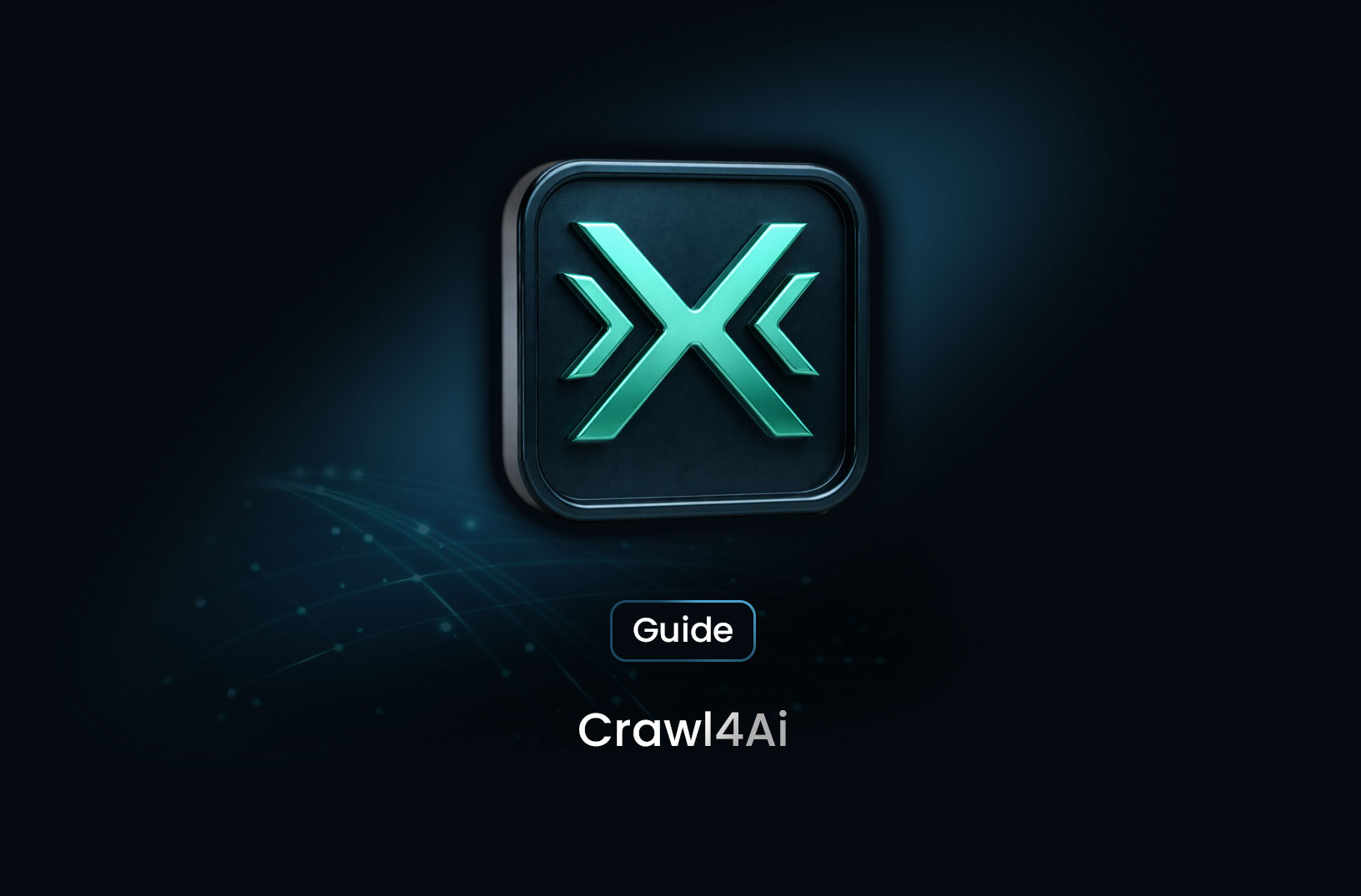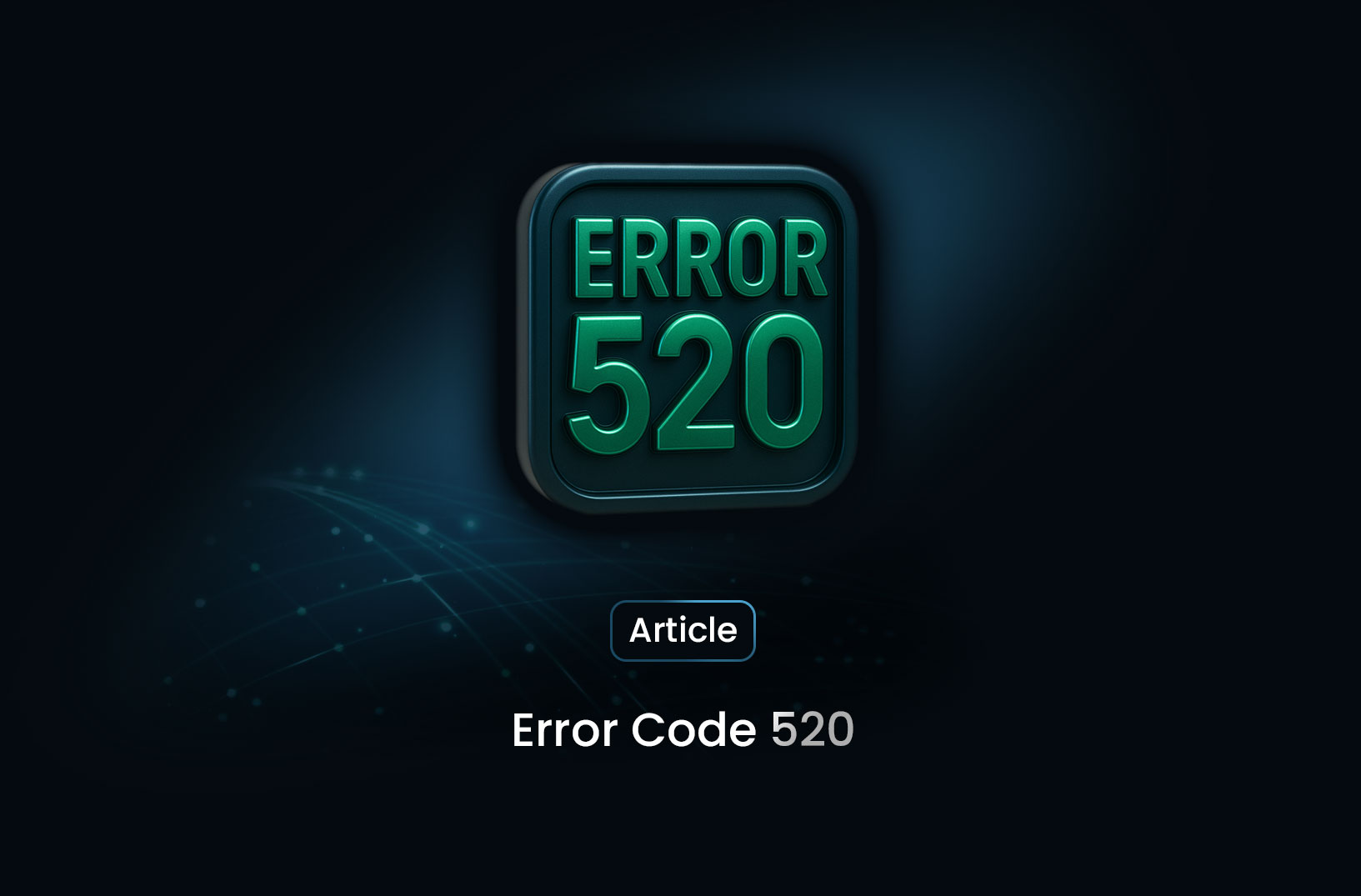
How MAP Monitoring Protects Your Brand's Pricing Strategy
ArticleMAP (Minimum Advertised Price) is the lowest price a manufacturer allows retailers to advertise. It ensures fair pricing and protects the brand's image.
Manufacturers and brands often rely on multiple retailers to distribute their products, but ensuring consistent pricing across these channels can take time and effort. This is where Minimum Advertised Price (MAP) monitoring comes into play. MAP monitoring helps businesses track online prices, safeguarding their brand’s integrity by ensuring retailers adhere to pricing guidelines. Without MAP monitoring, brands risk seeing their products sold at lower prices, which can harm both their reputation and profitability.
In this blog, we’ll explore what MAP monitoring is, why it’s essential, and how tools like MrScraper can simplify the process. Let’s dive in!
What is MAP Monitoring?
MAP, or Minimum Advertised Price, is the lowest price that a manufacturer allows its retailers to advertise for a product. The goal of MAP is to make sure that all retailers are playing fair by keeping prices consistent, protecting the brand's image, and ensuring they don’t undercut each other.
Imagine a company sells coffee makers and sets the MAP at $100. This means all retailers have to advertise the coffee maker at $100 or more. If one retailer advertises it for $90, they're breaking the agreement. MAP monitoring tools automatically check these prices online, making sure everyone follows the rules.
This helps brands protect their reputation, keep pricing fair, and ensure everyone makes a profit.
Why MAP Monitoring Matters
MAP monitoring helps keep your brand strong and ensures fair competition. Here’s why it’s important:
-
Protects Your Brand: MAP monitoring makes sure all retailers show your products at a consistent price. This keeps your brand’s value high and prevents it from being harmed by low prices. For example, if everyone follows the MAP, your brand isn’t hurt by deep discounts that can lower its value.
-
Fair Competition: It stops bigger retailers from undercutting smaller ones. This helps everyone compete fairly, without one player using low prices to push others out. It’s like making sure everyone plays by the same rules.
-
Keeps Profits Healthy: Consistent pricing avoids price wars that can hurt your profits. By sticking to MAP, you avoid aggressive discounting that can eat into your margins. For instance, if a retailer advertises below MAP, it could start a price war that affects your earnings.
How MAP Monitoring Works
Keeping track of the Minimum Advertised Price (MAP) is key to maintaining your brand's pricing and image. While many used to do this manually, automated tools have made the job much easier and more accurate. Let’s break down how manual and automated MAP monitoring compare, with the pros and cons of each.
Manual MAP Monitoring
-
Process:
- Identify Retailers: Identify authorized retailers selling your products.
- Check Prices: Regularly monitor advertised prices on retailer websites.
- Contact Violators: Reach out to retailers who are violating MAP policies.
- Recheck Prices: Verify if violators have adjusted their prices.
- Follow-up: Continue monitoring and issue final warnings if necessary.
-
Challenges:
- Time-consuming: Manually monitoring prices can be labor-intensive, especially for brands with a large number of retailers.
- Error-prone: Human error can lead to missed violations or inaccurate data.
- Inefficient: Manual monitoring can be reactive, making it difficult to address issues promptly.
Automated MAP Monitoring
-
Process:
- Data Collection: Automated tools gather pricing information from various e-commerce sites.
- Price Comparison: Tools compare collected prices against your MAP.
- Issue Flagging: Violations are automatically highlighted.
-
Benefits:
- Efficiency: Automated tools save time and resources.
- Accuracy: Reduce human error and ensure accurate price monitoring.
- Proactivity: Identify violations promptly and take action.
- Scalability: Handle large numbers of retailers and products.
Comparing Manual and Automated Methods
| Feature | Manual Monitoring | Automated Monitoring |
|---|---|---|
| Efficiency | Time-consuming | Efficient |
| Accuracy | Prone to human error | More accurate |
| Proactivity | Reactive | Proactive |
| Scalability | Difficult for large-scale monitoring | Scalable to handle many retailers |
For instance, tools like MrScraper can help automate this process by providing real-time data and alerts. These tools make it easier to keep track of pricing and ensure compliance without the manual effort.
Conclusion
MAP monitoring is vital for protecting your brand, ensuring fair competition, and safeguarding your profit margins. While manual monitoring is possible, automated tools like MrScraper offer a more efficient solution. They provide real-time alerts, track historical data, and make compliance management easier.
If you want to learn more about how to effectively monitor MAP and the tools that can help, check out our solutions at MrScraper. Discover how we can streamline your MAP monitoring and keep your pricing strategies on point!
Find more insights here

IPv4 vs IPv6: Understanding the Key Differences and Why It Matters in 2025
Understand IPv4 vs IPv6, including address space, security, performance, and why IPv6 is critical fo...

Crawl4AI: A Practical Guide to Modern Web Crawling for AI and Data Workflows
A practical guide to Crawl4AI, an open-source crawler for dynamic websites, structured extraction, a...

Error Code 520: What It Means, Why It Happens, and How to Fix It Quickly
Error Code 520 explained: what it means, why Cloudflare triggers it, common causes, and how to fix o...
